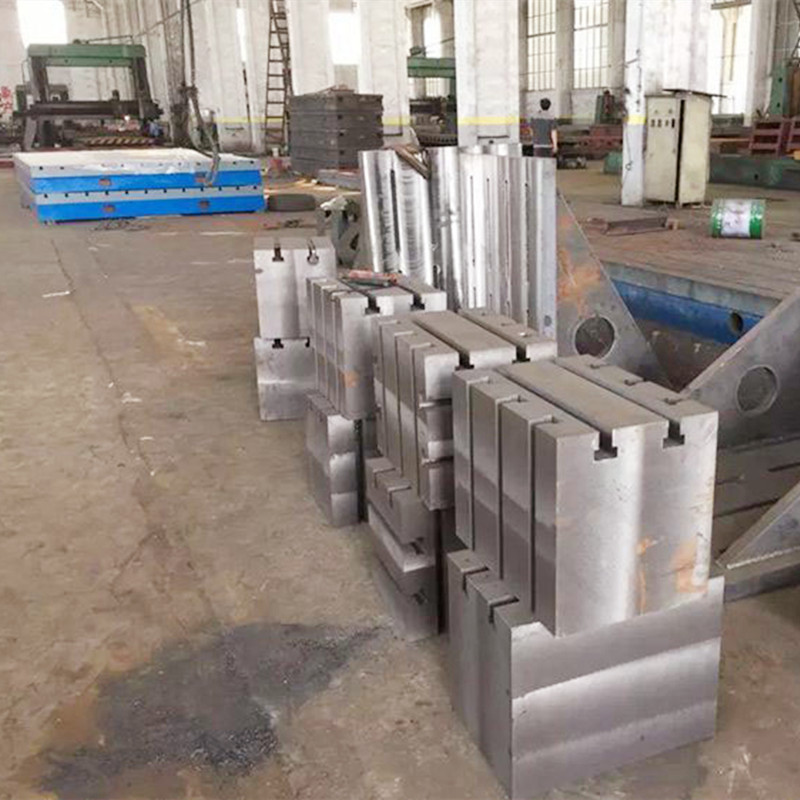9 月 . 18, 2024 17:42 Back to list
how to loosen water valve
How to Loosen a Water Valve A Comprehensive Guide
Water valves play a crucial role in managing the flow of water in our plumbing systems, controlling everything from household taps to industrial setups. Over time, these valves can become corroded, stuck, or heavily coated with mineral deposits, making it difficult to open or close them properly. If you find yourself struggling with a water valve that won’t budge, don’t worry! Here’s a step-by-step guide on how to loosen a water valve effectively and safely.
1. Safety First
Before attempting to loosen a water valve, it's essential to prioritize safety. Ensure that you have the following protective gear gloves to protect your hands, safety goggles to shield your eyes, and a towel or cloth to catch any water spills. If the valve is connected to a high-pressure water source, it's prudent to turn off the main water supply.
2. Identify the Type of Valve
Water valves come in various types, including ball valves, gate valves, and globe valves. Understanding the type of valve you're working with can help you choose the best method for loosening it. For instance, a ball valve typically requires minimal effort to turn, while a gate valve may involve more force depending on its condition.
3. Inspect the Valve
Carefully examine the valve for any signs of rust, corrosion, or debris. Sometimes, buildup around the handle or the valve body can prevent it from turning smoothly. If you notice any obstructions, clear them away with a wire brush or cloth. For valves with significant rust, you may need to take additional steps to address the corrosion.
how to loosen water valve

If the valve is stiff or stuck, applying a penetrating oil can be highly effective. Products like WD-40 or Liquid Wrench can infiltrate the mechanisms of the valve and help break down any rust or corrosion. Spray the oil generously on all moving parts of the valve and allow it to sit for at least 15-30 minutes to penetrate the affected areas.
5. Gently Tap the Valve
After letting the penetrating oil take effect, you can try gently tapping the valve body with a rubber mallet or a hammer wrapped in a cloth. This technique can help dislodge built-up debris or corrosion that might be impeding movement. Be cautious not to hit too hard, as excessive force can damage the valve.
6. Attempt to Turn the Handle
Once you’ve allowed the penetrating oil to soak in and have gently tapped the valve, try turning the handle again. You may want to use a pipe wrench if added leverage is needed, but be careful not to apply too much pressure, as this can damage the valve. Gradually rotate it clockwise or counterclockwise, depending on whether you are opening or closing the valve.
7. Replace the Valve if Necessary
If you still cannot loosen the water valve after following these steps, it may be time to consider replacing it. Prolonged exposure to corrosion may indicate that the valve has reached the end of its lifespan. Before making a replacement, make sure to turn off the main water supply and drain any remaining water from the pipes.
Conclusion
Loosening a water valve may require some patience and proper techniques. By following these steps, you can effectively tackle the challenge while ensuring your safety and minimizing damage to your plumbing system. Always remember that if you're uncertain about handling plumbing fixtures, consulting a professional plumber is the best course of action.
-
Y Type Strainers: A Comprehensive GuideNewsOct.18,2024
-
Understanding Water Valve Options for Your NeedsNewsOct.18,2024
-
Functions and TypesNewsOct.18,2024
-
An Essential Component for Fluid SystemsNewsOct.18,2024
-
Adjustment and ReplacementNewsOct.18,2024
-
Slow Closing Check Valves: A Key Component in Fluid SystemsNewsOct.08,2024
Related PRODUCTS









